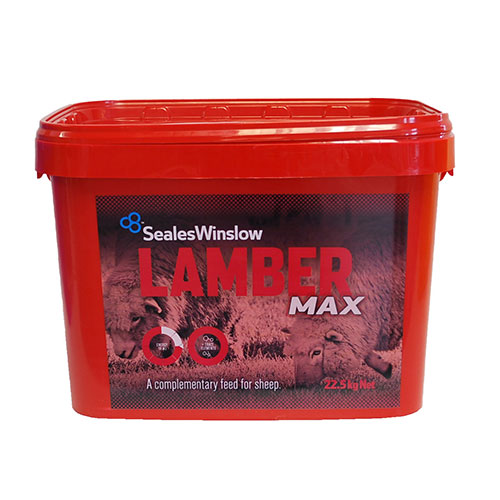Managing Sheep in a Summer Dry
As soils lose moisture content, pasture becomes stressed. This causes a decrease in growth rates, a drop in protein and energy content, and an increase in the amount of NDF / fibrous stalk in the plant. This combination means ewes and lambs must eat more volume of the lesser quality feed to meet their nutritional requirements. However, due to the higher NDF the pasture is tougher and bulkier, making it harder to eat, and filling them up faster. Additionally, there’s also less of it ahead for the coming weeks.
A mature 50kg ewe on maintenance requires only 10ME (metabolisable energy), which is approximately 1kgDM of summer pasture, however growing lambs and hogget’s require more like 12-15ME to keep them on track (1). To ensure sufficient feed intake, the first port of call is typically to preferentially feed lambs, hogget’s and under conditioned ewes with the better pasture, and leave the shorter, lower quality pasture to the remaining mobs. However, when doing this, care needs be taken to not over graze paddock with hungry stock, as this will negatively impact pasture regrowth in the autumn. To avoid overgrazing, and keep the farms future growth secured, it is worth while considering supplementary feed options when home-grown feed isn’t hitting the mark for quality and/or volume.

A dehydrated molasses block designed to increase the microbial activity in the gut of ewes, lambs and rams to improve rumen function and pasture utilisation. This supports feed intake, digestion, live weight gain, lamb survival, trace element status and fertility.

